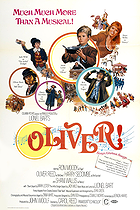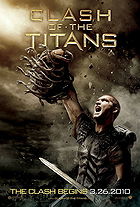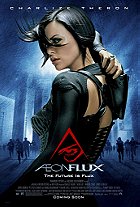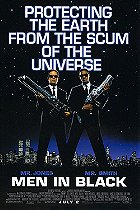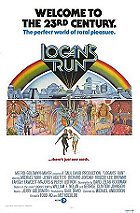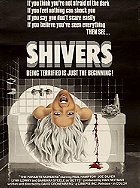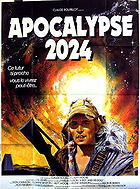Ava DuVernay’s camera is one that is best when the scales are smaller, and she can obsess over the contours and textures of an actor’s face. Not only the stellar adult players in this ensemble, but Storm Reid and Deric McCabe’s surprising and pleasing central performances. It’s a shame that so much of this gets lost in the storm of CGI overload that A Wrinkle in Time gets submerged in.
Based on Madeleine L’Engle’s classic children’s novel, this story largely follows the familiar beats: bullied Meg Murray, her genius younger brother, Charles Wallace, and her friend/potential love interest, Calvin, get whisked away to far flung lands in an adventure of self-discovery and newfound maturity. There are three celestial beings, think of them as benevolent Weird Sisters, a missing father, a nebulous IT that functions as the main adversary, and a vast panorama of worlds.
You can’t fault her for ambition in bringing this story to the screen, but those ambitions are routinely undone by garish CGI vistas that look more like the actors are standing outside of them instead of being immersive. Reese Witherspoon’s transformation from celestial witch to flying leaf-like creature is a case study in rubbery, overly cartoony imagery that just doesn’t blend with its surroundings. The film goes on in this manner in practically every new environment we encounter.
A similar problem occurs with certain casting choices. Movie stars are occasionally helpful, like Oprah Winfrey’s baggage as a spiritual advisor, empathic host, and royal highness of pop culture lends itself well to Mrs. Which, but sometimes are more distracting if not utilized properly, like Zach Galifiankis’ Happy Medium that never melds with the overall vibe. It feels too much like one of his improvisations than a fully realized character.
These distractions eventually pile-up and bury any positives A Wrinkle in Time had going for it. Nothing can quite stop or diminish the power of Reid’s reading of Meg and providing a complex center for the rest of the film to revolve around. If only the rest of it had been as grounded, ironically, as her.
 Login
Login
 Home
Home 95 Lists
95 Lists 1531 Reviews
1531 Reviews Collections
Collections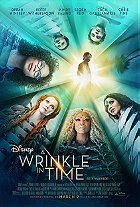
 0 comments,
0 comments, 
